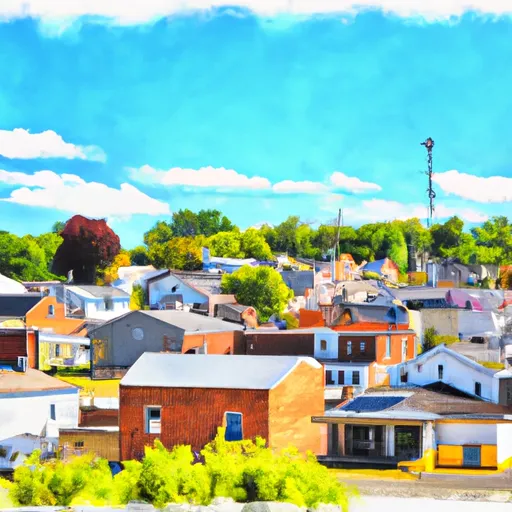°F
°F
mph
Windspeed
%
Humidity











Lisbon, Ohio is a charming village located in Columbiana County, in the northeastern part of the state. Its climate is characterized by warm summers and cold winters, typical of the humid continental climate zone. Summers are generally pleasant with temperatures ranging from the mid-70s to the low 80s Fahrenheit, while winters tend to be cold with temperatures ranging from the low 20s to the mid-30s Fahrenheit.
The village is situated near the Middle Fork Little Beaver Creek, a tributary of the Beaver Creek. These water bodies offer outdoor enthusiasts opportunities for fishing, canoeing, and kayaking. Anglers can find species such as smallmouth bass, rock bass, and channel catfish in these waters.
In addition to the hydrology features, Lisbon is surrounded by beautiful natural landscapes and offers various outdoor recreation opportunities. Beaver Creek State Park, located just a short drive away, provides opportunities for hiking, camping, horseback riding, and picnicking. The park is also home to historic remnants of the former Sandy and Beaver Canal. Nearby Guilford Lake State Park offers opportunities for boating, swimming, and fishing.
Lisbon, Ohio is a desirable destination for those seeking outdoor adventure, surrounded by scenic landscapes and offering diverse recreational activities.
Weather Forecast
Lisbon receives approximately 1002mm of rain per year, with humidity levels near 81% and air temperatures averaging around 10°C. Lisbon has a plant hardyness factor of 6, meaning plants and agriculture in this region thrive during a short period during spring and early summer. Most plants will die off during the colder winter months.
Regional Streamflow Levels
24
Cubic Feet Per Second
14
Cubic Feet Per Second
105
Cubic Feet Per Second
17
Cubic Feet Per Second
Nearby Camping
| Camping Area | Reservations | Toilets | Showers |
|---|---|---|---|
| Mosquito Lake State Park | |||
| Geneva State Park | |||
| Jefferson Lake State Park | |||
| Tomlinson Run State Park | |||
| Guilford Lake State Park | |||
| Village Green |



